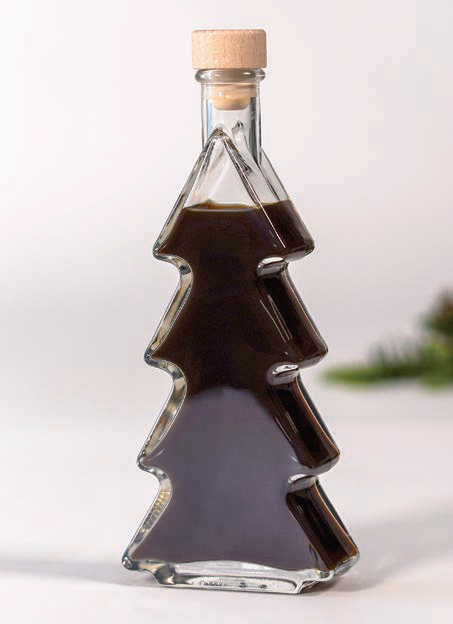Downstream challenges of diversification
13 July 2022The BioComposite Centre’s Dr Morwenna Spear says the wide range of feedstocks and adhesives being considered in the panels industry will keep future recyclers on their toes
The wood based panels sector is many things to many people. Obviously we have many products too – from plywood through to insulation board products, with myriad innovations in between. But this role of being all things to all people can bring challenges.
What do I mean by this? Well, there are challenges in matching the product to the customer expectations – and for this we have standards, testing, product information leaflets, quality control, market information. But also challenges at end of product life. The more products we have, the more diverse the mix of materials coming back out of people’s buildings or furniture or packaging for recycling.
At the point of sale, the product is relatively well understood, but after 15 years of service being a wardrobe in someone’s house, no one is really sure what grade of particleboard was used at the start. That’s not a challenge – modern recycling techniques can do a great job of screening, chipping and re-using this material. But all of the end-of-life material emerging from people’s homes and businesses in 2022 are likely to be formed with a relatively homogeneous set of ingredients – wood and recycled wood chip, plus one of the main resins – urea formaldehyde most likely, but potentially phenolic or MDI.
What if we roll 15 years into the future? To do this we need to cast an eye over what people are making boards from today (and considering making boards from in future). The majority of boards in Europe may still be wood and recycled wood, however active research is considering a wide range of future feedstocks. Just looking at scientific papers published in the first six months of 2022 I found 43 different potential feedstocks. Some of these have been in consideration (or production) for a considerable time – various sawdusts, hemp shives, bamboo, various bagasse fibres (sugar cane, sorghum, agave) – but others were much more unusual – olive leaves, pine cones, peanut hulls, leather shavings, coffee cup waste, water hyacinth fibre and tea oil camelia shells for example.
I’ve seen a similar diversity of feedstocks considered over many years now, and the benefit for producing fibreboards or particleboards from agricultural residues is widely known – boosting the regional economy, adding value and creating a very useful product from a low grade, low cost starting material. If the biomass is sufficiently woody, and the particles hold their shape, this should not pose a challenge for recycling. Unless perhaps there are unusual chemical buffering effects to consider, but even here, if sufficiently diluted in the feedstock with wood chip of all kinds, this effect will be minor.
My bigger concern for future recycling was the enormous range of binder technologies. Again, over 40 were identified, some in multiple combinations and permutations. One hot topic seems to be citric acid in combination with various polyols (like glycerol), work on various lignins and lignosulfonates continues, another topic was poly lactic acid (PLA, the biopolymer we now recognise in plastic disposable cups and various other packaging applications) to give a bio-based adhesive, also polyvinyl alcohol used in combination with a wide range of things (molasses, lignin, hexamine). The more unusual ingredients included gum arabic, alginate, natural rubber latex, magnesium oxychloride, and grape extract. Various additives extend the diversity considerably further – metal working fluid, antimony trioxide, nano-metal fluorides for example.
Several reviews have also been published in the period – topics included starch-based adhesives, protein-based adhesives, non-formaldehyde bio-based adhesives and ultra-low formaldehyde adhesives and scavenger systems. Such reviews will be immensely helpful in navigating a future of multiple binder systems.
The wide range of adhesives found may distil down to a relatively small group in full-scale use in practice, but the plethora currently under consideration does indicate that the future recyclers will need to adapt to new challenges! These chemically very different adhesive residues will be present in the panels that are chipped for re-use. The potential for unexpected rise or fall of pH of the feedstock is considerable, or thermal degradation at routine processing temperatures, or after manufacture for leaching of unknown substances from the panels in service.
